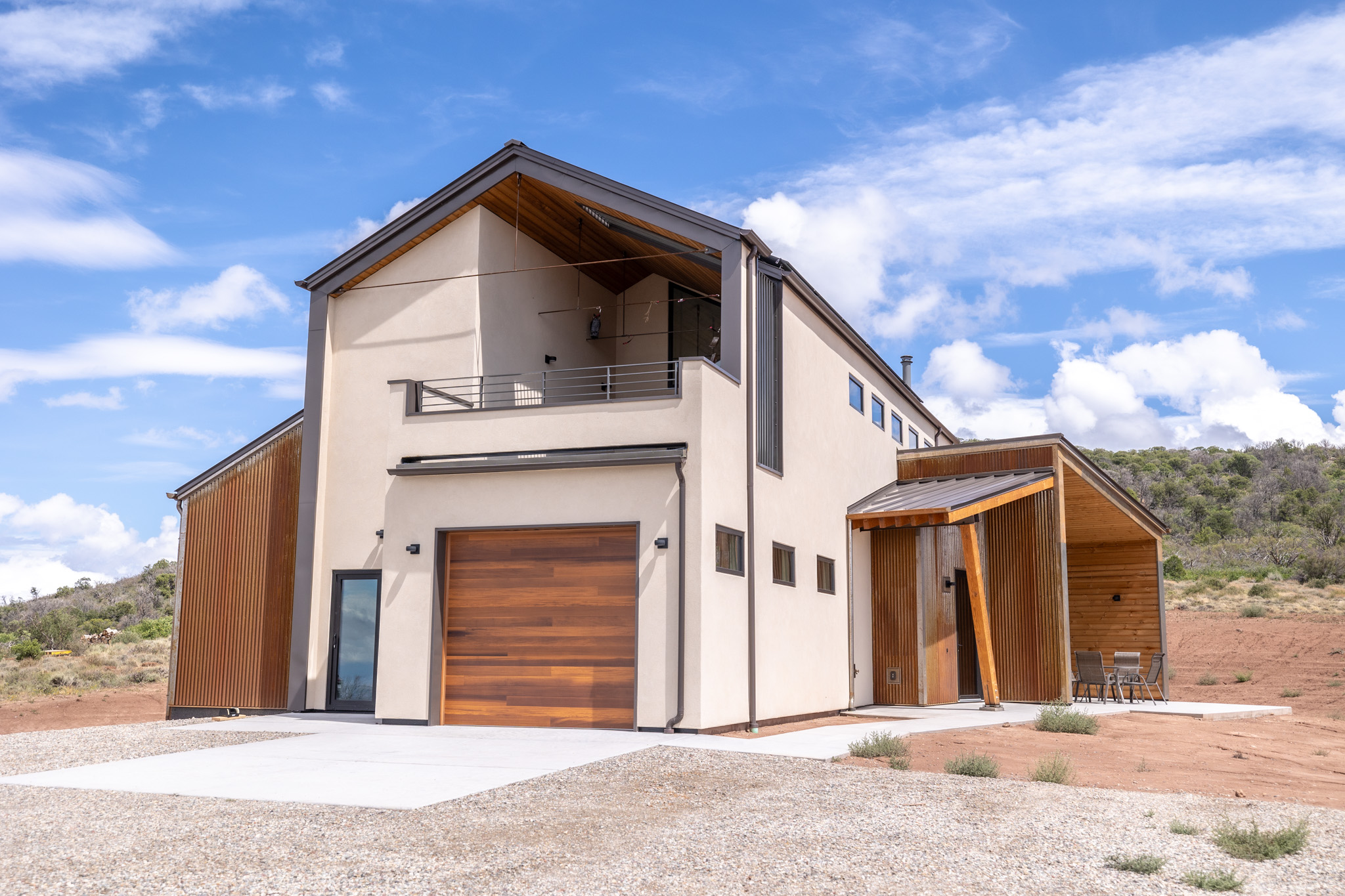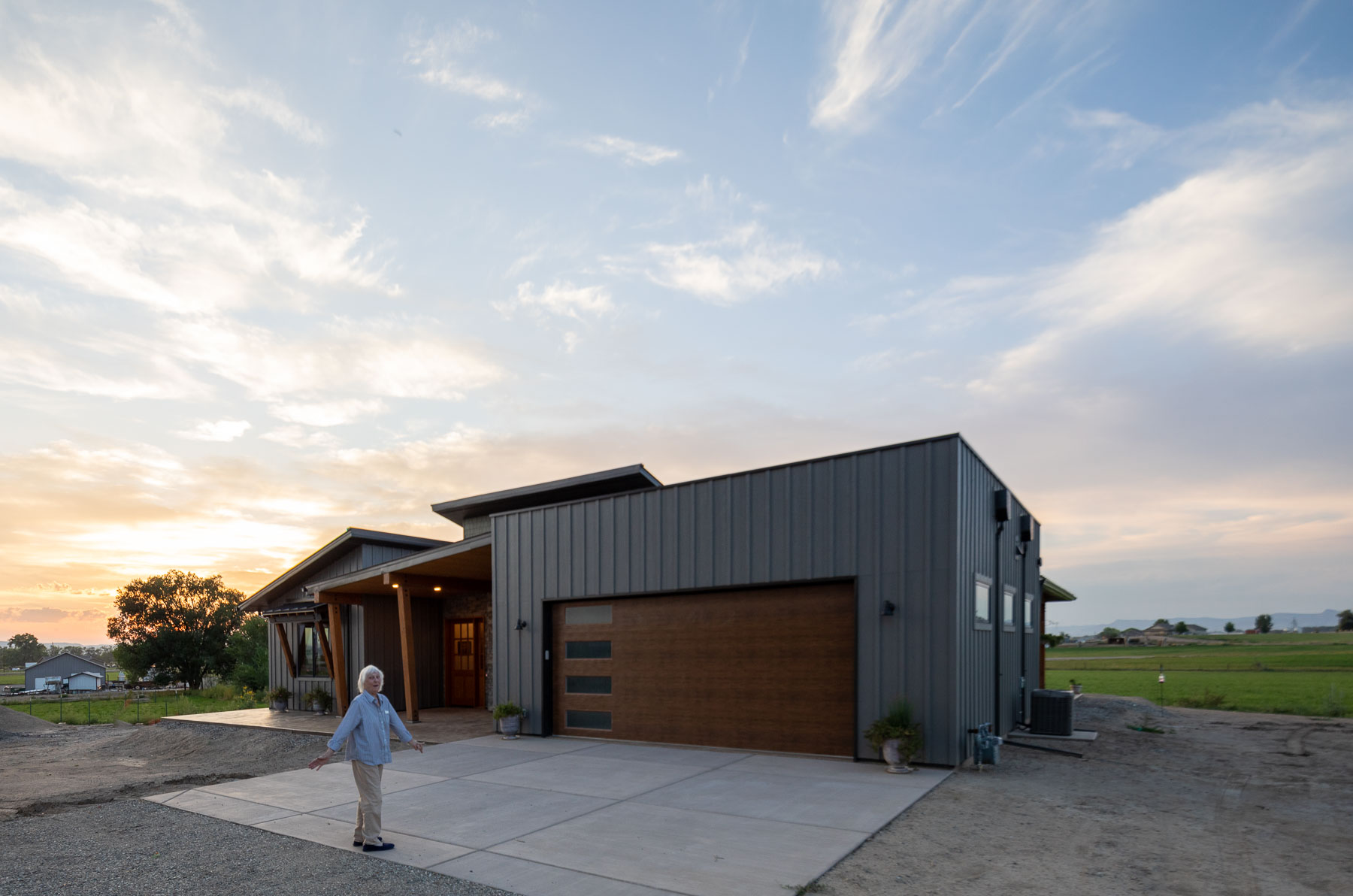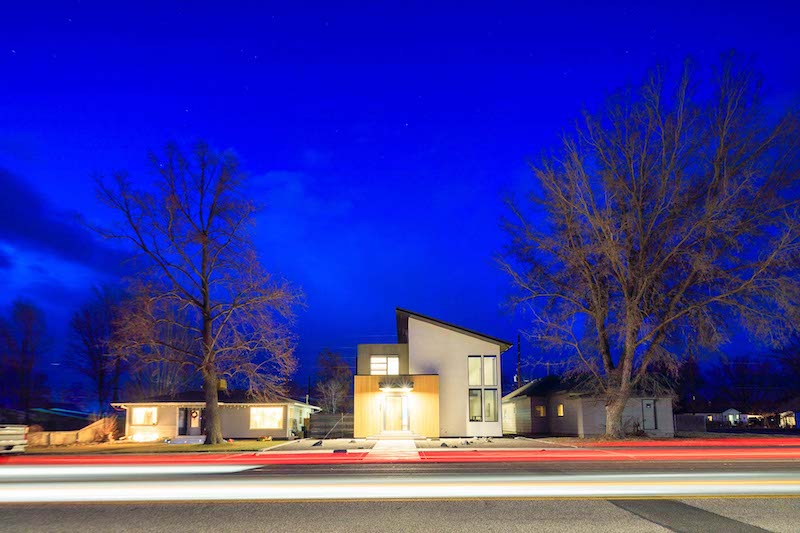
So You Want To Custom Build, But First You Need A Budget: How Much Does It Cost To Build A New Home In Colorado?
Putting together a new home budget should be your first step when custom building.
As you start to think about building your dream home or remodeling your current home, the most daunting variable is usually the budget. Before we even lay pen to paper we need to talk about money. Pretending that you have more than you actually have often hinders the design process more than it helps.
You may not know how much you can afford, or how much materials cost at the moment so it becomes hard to pin down a number to tell your designer or contractor. However, knowing your new home budget and being willing to talk about it will help your project move along smoothly.
As designers, we value craftsmanship, creativity, and high design that is tailored to your lifestyle. We want to give you the most beautiful and functional space we can, and understanding the budget from an early stage keeps us on track and within your comfort zone.
Giving us your home budget does not mean that we will try to spend every dollar, it just gives us constraints to work within all stages of design. We are custom home builders and we have to spend wisely too, which is why it’s so important that our clients give us our boundaries. Once we have a place to start, we can help you to narrow your focus to bring your numbers into alignment with what is possible. Here are some ways to help you create your starting budget.
To come up with your new home budget, research your local housing market.
The cost of building your custom home in Colorado is going to be different than Indiana. There are many factors that play into this—land cost, supply chain and labor, to name a few. We are a design driven company and always look for creative ways to help you live your best life. That being said, if you are looking for a traditional, “builder-grade home,” we are not for you. Our homeowners value design. Our custom homes aren’t designed with “resale” in mind. They are designed with your lifestyle and values in mind, and that is the true investment.
Define the scope of your custom home project.
Take a moment to really define what you want to create. You may start with a dream, but ultimately need to get your wants and needs in alignment with your new home budget. Does your budget include the purchase of the land? What type of square footage are you looking for? How many bathrooms? Do you need a four-car garage for your vintage car collection? Are your appliances fit for a chef’s kitchen? Do you dream about a steam shower?
When we have our first design discovery session, all of the questions above come into play. Think of it as our first date together. During this inquiry, we will uncover elements you may have overlooked, as well as review the basics of what you are trying to do. At this point in the process, all elements need to be discussed, documented, and accounted for as we develop the parameters that your new home budget allows.
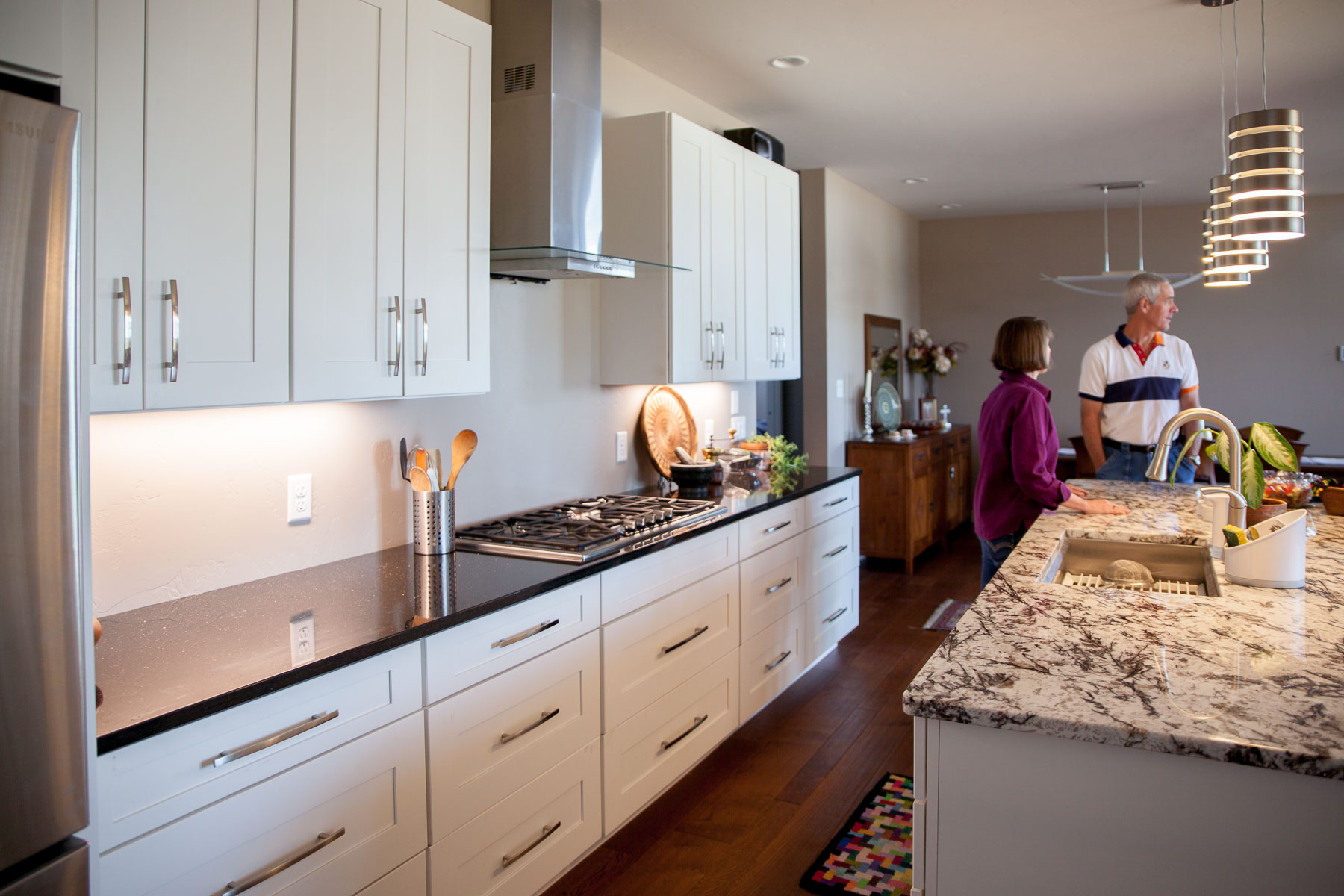
Understand why you’re custom building.
Most custom homes are meant for long term use and resale is not often a consideration. Knowing why you plan to create your home and how you will use it will help dictate costs and guide the design.
Is this a full time home where you plan to raise your family until the kids are off to college, but you would also like to see yourself live out your golden years and “age in place?” Are you trying to create additional income by using your addition as a rental opportunity, to offset other expenses? Answering questions like those help to direct our team towards products and solutions that integrate with your lifestyle—and ultimately, determine your new home budget.
During the design process our team will get to know you and guide you through the selection process. We’ll be asking “why” often. Being able to articulate this will help keep the budget aligned with the end result.
Communicate with clarity—in general, and especially when it comes to your home budget.
The more you understand your needs, the more you can communicate your custom home vision to your design and construction team. Be ready to bare all at this phase, making sure nothing is forgotten and all elements are considered.
Once you understand what you want and why, you can answer the question of your new home budget fairly simply.
- “I am looking to build a 2,000 sq. ft. home with 3 bedrooms, 2 ½ baths, and lots of light. I want a wonderful fireplace and a gourmet kitchen. My budget is $750,000.”
- “My wife and I want a retirement home that’s sustainable and low maintenance. We plan to spend between $800,000-$1 million.”
Avoid common cost mistakes.
There are countless reasons that budgets get derailed and costs get out of control.
Changing the scope mid project. Scope is determined upfront and should not change. Changes always result in increased cost and a lengthened timeline.This is why we don’t move out of schematic design until we get a sign-off from the homeowner. By getting that phase of the project greenlit, we are able to come to collective agreement on where we are trying to go.
Some things are out of our control. We do as much as we can to control costs, but sometimes things happen or the costs of labor and materials rise, and that is just the nature of this business. Understanding this is key to having a healthy relationship with your builder or designer.
Prices can vary heavily in your finish selections. Your designer or contractor gives you allowances to stay within for a reason. Budgets can quickly get out of control when we start to pick flooring, plumbing, lighting, etc. Default to your team to make sure you don’t go down the slippery slope of “a little extra there and a little extra here won’t hurt.”
Changing your mind on finishes can wreak havoc on a project. To avoid last-minute changes in selections (which result in restocking fees, extra labor costs, shipping and more), do your product research upfront. You and your designer will work together to make sure you end up with a finished product you love and that will withstand the test of time. Your satisfaction is the most important thing to us and we want to get it right the first time.
It’s time to create your new home budget!
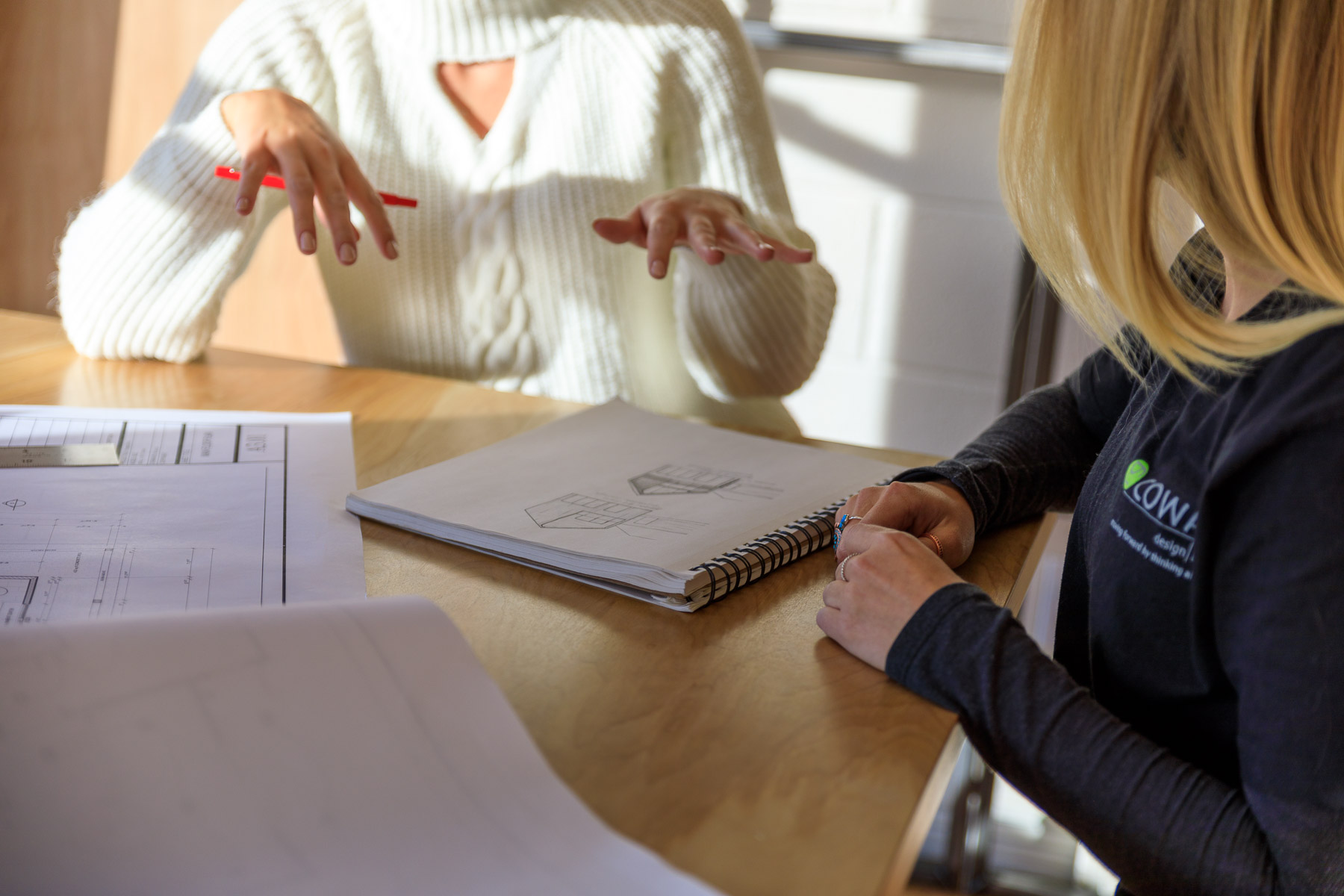
As mentioned above, at RG Cowan Design Build we value a high quality of work and a high quality of design that is unique to each of our clients. If these values align with yours, then we are likely a good fit for your next project.
In this blog post you can find a more detailed description of the Three Cards Method, a tool we use during design. In short, there are three cards in design: quality, quantity, and cost. As the client, you get to keep two cards and as the designers, we get to keep one. This method allows you to have control over most of the project, but gives us the final card in order to make the project realistic. Many of our clients choose to keep the “cost” card, which is a very realistic choice. But don’t worry—we’re happy to guide you through the process, creating a home budget and everything that comes after.


